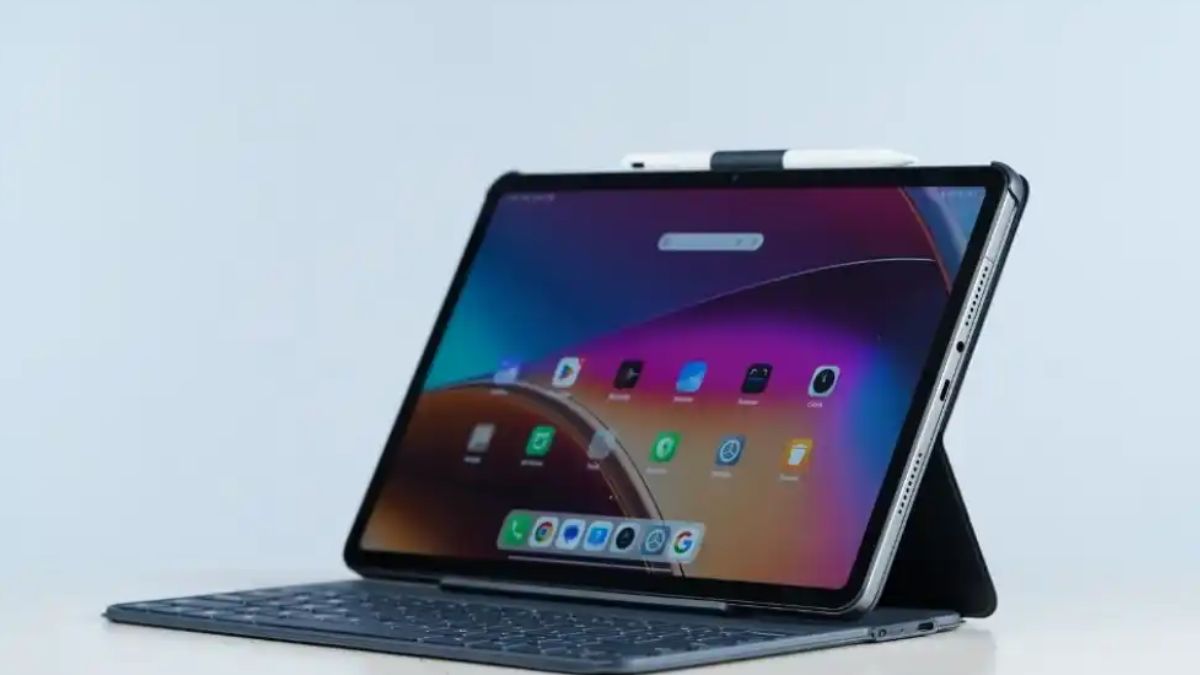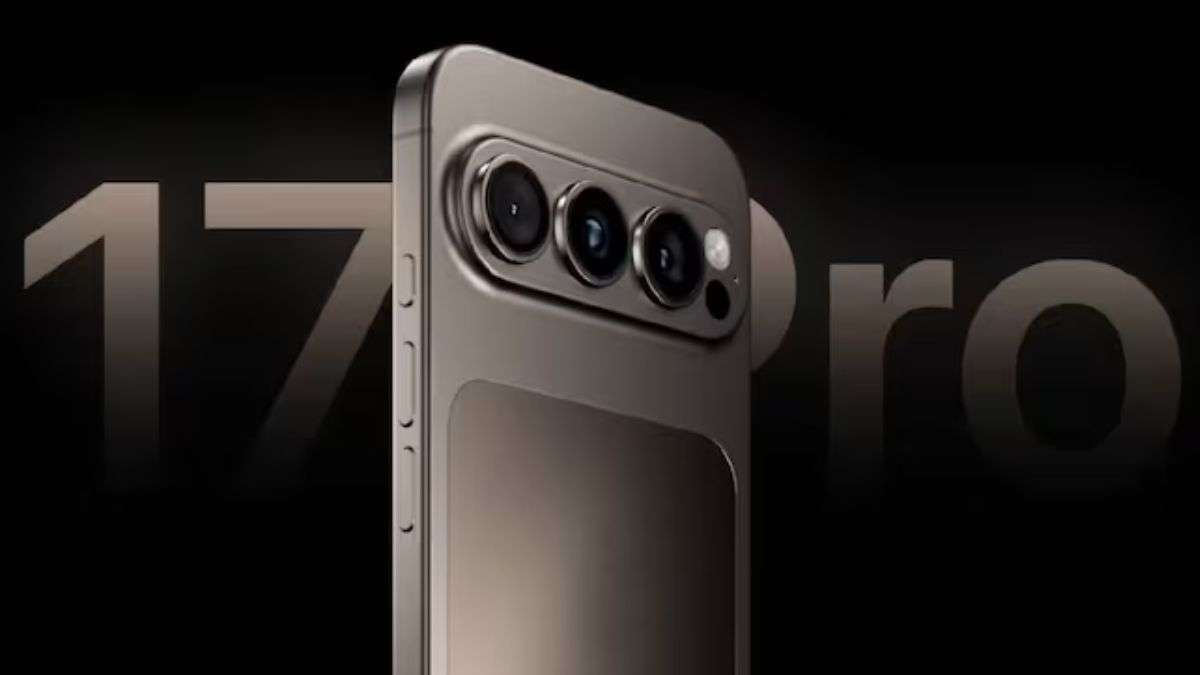A young boy, Daksh Malik, of Noida in India recently identified an asteroid and has captured space enthusiasts’ as well as the experts’ interest. It came through IAPD-which is under an even larger program named the International Astronomical Search Collaboration (IASC). Now, the identification has been approved by NASA officially, and a prize in reward for the finding is to give Daksh an opportunity to name the asteroid when the procedure is over with that confirmation.
Daksh Malik’s discovery shows how curiosity and passion for space can be taken to the next level. Through his participation in the International Asteroid Discovery Project, he’s giving back to this very vital scientific area, while leaving behind an imprint of the cosmos that was made as an asteroid whose naming is the credit of discovery given to the discovered asteroid by him. Citizen science in the arena of astronomy again finds prominence and encourages others to join such campaigns.
Journey of Daksh Malik’s interest in astronomy
What interested Daksh Malik about space in astronomical space travel was astronomy. In his childhood days, he showed a keen curiosity and interest in mysteries of the dark sky. Hours spent gazing at the night sky saw him keenly interested in the stars and planets and any other celestial entity. His growing interest led him to learn about space and eventually about the opportunities where he would be actively able to contribute in this field of study.
Daksh’s opportunity to be part of the International Asteroid Discovery Project was when his school’s astronomy club issued an email inviting students to participate in IAPD. The IAPD program focuses on inspiring students and amateur astronomers to find new asteroids through research from the data that many telescopes across the world are gathering.
How did Daksh find the asteroid?
Through IAPD, Daksh participated in an exciting scientific endeavor: discovering fresh heavenly bodies, specifically asteroids. The asteroid that Daksh is privileged to have discovered has been temporarily named “2023 OG40,” based on the date and the time it was first seen. But within a short period of time, once NASA completes its verification process, Daksh will have the prestigious honor of officially naming this asteroid.
Asteroids like this are leftovers from the early solar system and have been a rich source of information about the origins of planets and other bodies in space. Most asteroids are found in the asteroid belt, but some stray off course into wider orbits. The largest asteroid in that belt is Vesta, 329 miles wide or 530 kilometers, but there are millions more asteroids floating through space.
How citizen scientists contribute to asteroid discovery through IAPD?
The process of asteroid discovery is not necessarily as complicated as it sounds. Through the IAPD, participants are granted access to data from telescopes. The data, which sometimes comes from professional observatories, is then provided for teams of citizen scientists and students to analyse. Participants then use specialised software, such as Astrometrica, to sift through the data in order to find moving objects that might be asteroids.
Often small, rocky in nature, moving fast across the sky, they are difficult to identify. New objects, that have not been discovered yet, can be located with the aid of modern software and the participation of people like Daksh. When identified, they are cataloged and scientists check all the data again for accuracy and permit the discoverer to name the celestial body.
How to join the IAPD?
- Join for free: The IAPD offers a free project for anyone interested in discovering asteroids.
- Team registration: Participants can register in teams, using a Windows computer with an internet connection.
- Training on Astrometrica: Participants are trained to use Astrometrica, a software designed for analysing telescope data.
- Sign up for campaigns: Once prepared, teams can sign up for the next International Asteroid Search Campaign.
- Simple registration process: Fill out a form and mail it to the IASC Coordinator Cassidy Davis, at iascsearch@cisco.edu according to the IASC website to register.
- Start searching: Once registered, participants can begin reviewing telescope data and searching for new asteroids.
Asteroids: What are they and why do they matter?
These small, rocky bodies orbit the Sun and are believed to be a remnant from the early solar system. The age of the body is more than 4.6 billion years, never having coalesced into planets; however, they offer insights into conditions and processes during the formation of the solar system. Most of the asteroids are located in the asteroid belt between Mars and Jupiter, but some travel into other orbits or come close to Earth. The study of them helps scientists better understand the history and evolution of the solar system.
Also Read | Is the universe singing? NASA satellites detect chirping sounds 100,000 km from Earth




